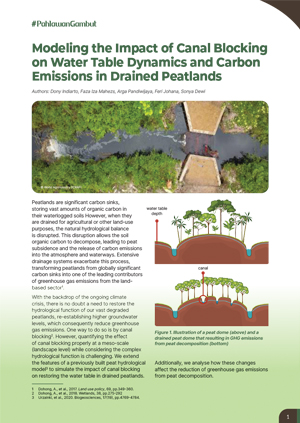This Chapter deals with inland organic soils that do not meet the definition of "coastal" given in Chapter 4 of this Wetlands Supplement. In this Chapter, the term "organic soils" refers to "inland organic soils" in this Chapter. This Chapter provides supplementary guidance on estimating greenhouse gas emissions and removals from drained inland organic soils in the following land-use categories, as defined in Volume 4 of the 2006 IPCC Guidelines: Chapter 4 (Forest Land), Chapter 5 (Cropland), Chapter 6 (Grassland), Chapter 7 (Wetlands), Chapter 8 (Settlements) and Chapter 9 (Other Land). Managed coastal organic soils are covered in Chapter 4 of this Wetlands Supplement. Rewetted organic soils are considered in Chapter 3 of this Wetlands Supplement. This Chapter clarifies Volume 4 of the 2006 IPCC Guidelines by summarising all emission factors and harmonising methods for organic soils across all land-use types. On the basis of recent advances in scientific information, this Chapter also updates, improves and completes methodologies and emission factors for greenhouse gas emissions and removals in the 2006 IPCC Guidelines and fills gaps where new scientific knowledge allows implementation of robust methodologies and use of better emission factors at the Tier 1 level.
Download:



















